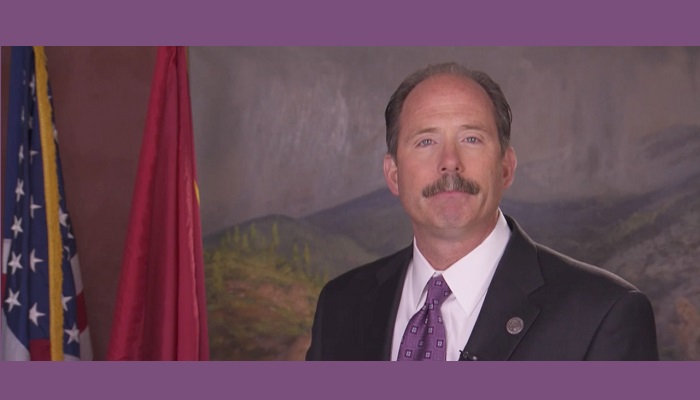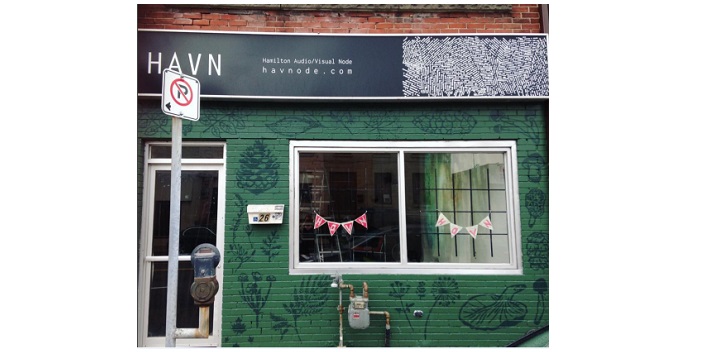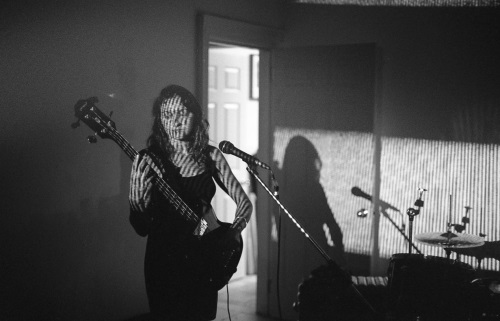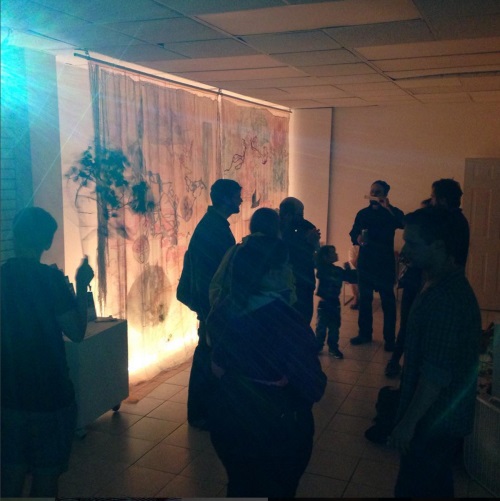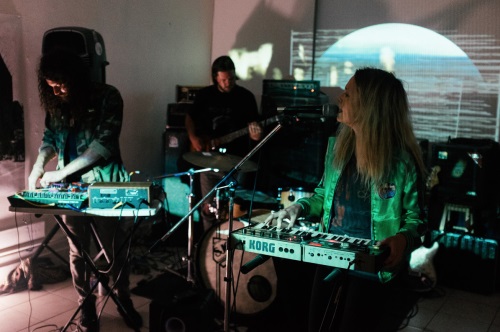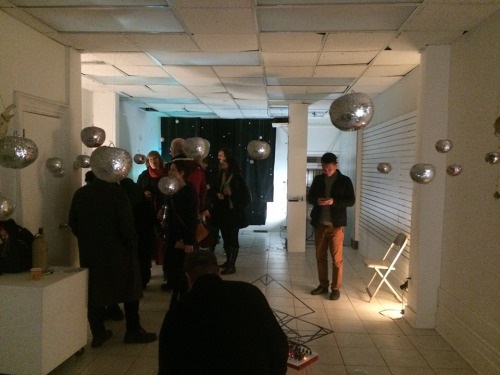The mayor of a beautiful American city filled with wonderful people-but part of a state often thought to be in a different country, had a serious but undiagnosed problem. It was known to many residents, but the mayor seemed blissfully unaware for months of what was going on. Violence and robberies dominated the local newscasts daily. Sometimes, homeless people wandered the streets, some aimlessly talking to themselves and sometimes angrily punching the air.
The crime and other mayoral inaction were causing businesses both bigger and small to consider leaving the city or see their cash flow diminish to dangerously low positions. Mayor R.J. Berry was forced to make some small moves, when the situation continued to deteriorate.
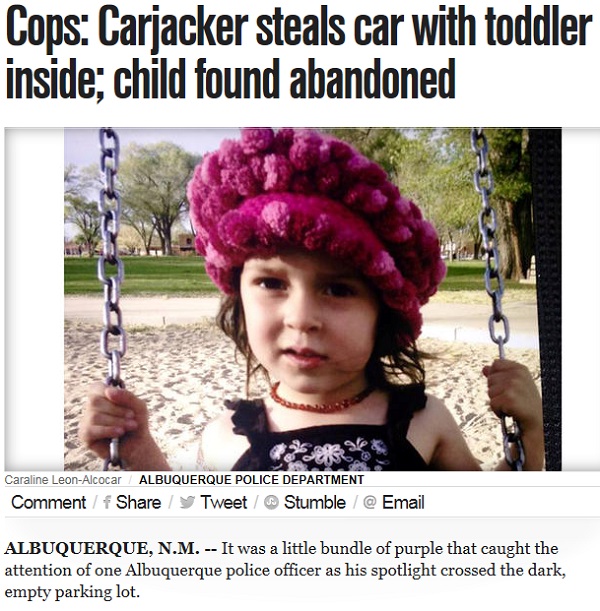
However, a little known urban legend said that the mayor had become inwardly obsessed with what he felt he had really accomplished for the city. In private communications with upper level staff, friends and family, it’s said the mayor had even begun referring to his city as Wonderland.
Those who knew better were both flabbergasted and horrified when a local chamber of commerce presented the mayor with a public safety award. They worried that it seemed to further help him edge closer to becoming a legend in his own mind.
We wanted to know what a few of our Joy Junction homeless shelter guests felt about safety in Albuquerque. Their reactions were a mixed bag.
We asked them about walking in downtown “Wonderland” (also known as Albuquerque), if they felt safe, and whether they had answers for our burgeoning crime situation.
One person was quite blunt, saying “Crime in downtown Albuquerque is getting more dangerous and violent everyday. No, I do not feel safe (there). If I have to go downtown, I leave as soon as I am finished with business. I do not have any answers to our increasing crime issues.”
One man said what many of us know, that crime is “really high” in downtown.
“Walking throughout the areas I have been in, I always feel a sudden sensation come over me and I am instantly on guard. I have seen here a different side of addiction that I have not been exposed to.”
He added, “We were moved to the point we sent our teenage daughters to finish school in another state.”
One woman said that in her opinion, crime in Albuquerque has risen dramatically, especially in the area known as the International Zone (formerly the War Zone).
“Downtown is beginning to be the same way. I don’t know what can possibly be done; maybe more police officers. I have two grandchildren, and I do have concern that they are kept safe even at school. I pray here at Joy Junction that we are kept safe and that no one ever comes and does harm to people here.’
Another woman said she thinks “Albuquerque is focused on extremes like bad, bigger and bolder than the norm.”
She continued, “I do feel safe mostly because I walk safe, stay alert to people surroundings and sound. I adapt to strange or abnormal situations, and react or change my path or seek a different route. I have never really encountered a dangerous situation on the sidewalks. Only a few drunks at the bus stops, and the panhandling for cigarettes and change are maddening and relentless though.”
Her parting shot was, “I have no answers. If I did I would run for city council.”
One woman said she feels that crime in Albuquerque has definitely risen since she moved here in the fall of 2014.
She continued, “Car thefts seem to be happening a lot. There is a lack of respect for law enforcement, and criminals have no fear of consequences … I feel a little apprehensive. Even just going through Downtown in a vehicle is somewhat unnerving.”
She was right. Albuquerque is number one per capita for car thieves in the nation.
She was shocked when her family told her, “‘Do not ever walk especially by yourself anywhere downtown because you can be attacked and the crime is extremely high.’ It is very sad that crime was the first thing I was told (about) when moving here.”
Her solution was to “Put God back in America.
She added, “We need to get on our knees and pray. We as a country are reaping what we have sown, and we will be judged for all our actions and as Christians we know that the end is coming and God’s judgment is coming.”
So what do I think of Berry’s plan? Well, I don’t share the local newspaper’s enthusiasm. Too little and way too late. An enhanced police presence and independent security are good, but what about those who for whatever reason don’t want, or aren’t in a state of mind, to receive help?
Another of the mayor’s efforts is to make downtown cleaner, with more street sweepers and trash pickup. Preventative maintenance would have been a whole lot more helpful. Really, it took a crisis to come up with this?
And then only Mayor Wonderful could have come up with this one. Having strong relationships with businesses downtown, to make sure they stay downtown. And we couldn’t have put this into place before now?
And the grant to the city from Bloomberg Philanthropies for $1.2 million USD. The by now infamous Albuquerque Chamber of Commerce award was given to Berry at least in part for using a portion of it for intelligent ways to solve crime. However, it looks like up until now the funds have been used to develop plans for Albuquerque’s Arts and Culture District.
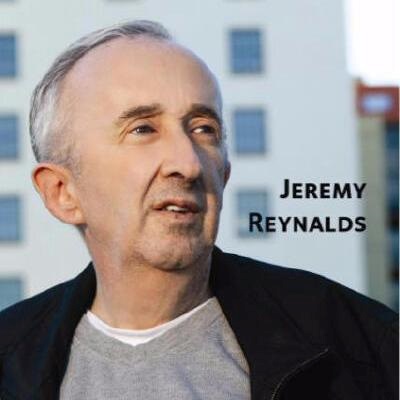 Never fear, though. The city says plans for public safety initiatives funded by the grant are moving forward.
Never fear, though. The city says plans for public safety initiatives funded by the grant are moving forward.
No one except apparently the mayor thinks his solutions to crime (or homelessness) are magical. This is not (Alice in) Wonderland. The stakes are much higher. For the Silo, Jeremy Reynalds- Joy Junction/HNS (Homeless News Service).
Featured image- Albuquerque Mayor R. J. Berry via PBS.
A portion of this article is satire, and as such is protected speech.
Supplemental- The other perspective. Downtown Albuquerque residents defend their neighborhood-
